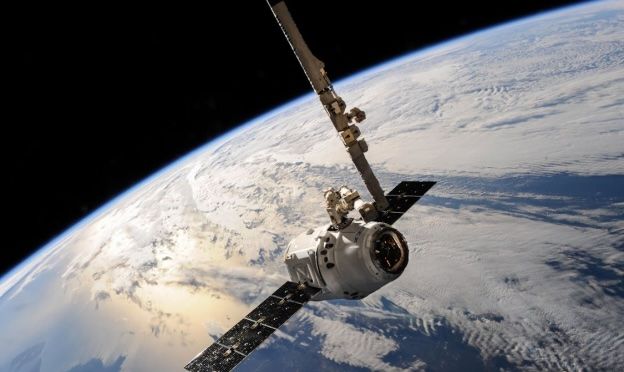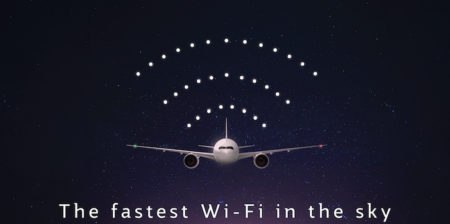The demand for faster, more secure communication systems has led to a surge in the satellite laser communications market, which is expected to grow at a compound annual growth rate (CAGR) of 40% from 2024 to 2032. The demand for optical connectivity in the low-Earth orbit (LEO) sector shows the upcoming shift in capabilities, to provide more actionable information from space at speeds never seen before.
Laser communication presents many opportunities, such as more than 10-times faster data transfer, reduced latency, and more secure, unjammable connections when compared to traditional radio frequency-based systems. For many industries relying on satellite communications, laser communication represents a leap in capability that echoes the move from dial-up internet to fibre internet connectivity.
We’re now seeing some bold announcements revealing the scale of laser communication technology. The latest NASA experiments showcased that we’ve reached a new level in deep-space laser communication that would enable us to stream Netflix from Mars.
We should not forget that this technology can also improve near-Earth satellite communications, where an immediate impact on satellite bandwidth is obvious. The recent proliferation of LEO satellites has garnered a lot of progress in satellite internet connectivity and remote sensing, and with optical communication, these satellites will become even more powerful.
Previously, the satellite market was dominated by geostationary satellites. However, LEO satellites are closer to Earth, offering higher-definition imagery and faster response times.
As of today, most of the LEO satellites belong to Starlink, which provides global internet coverage through its constellation. These satellites similarly help address the growing demand for constant monitoring and real-time data, especially in areas such as defence and Earth observation.
Key players in the satellite-to-ground laser links
Currently, the emerging and leading low-SWaP (size, weight, and power) laser communication terminals for satellite-to-ground data transfer include Astrolight’s Atlas, ClydeSpace’s CubeCAT, and Tesat’s SCOT20. Each offers its approach to meeting demands for speed and establishing reliable data links from space.
While CubeCAT and SCOT20 models have more heritage, Atlas has several features that outperform competitors in power, data rate, and adaptability.
Due to its proprietary fibre-optical amplifier design, Atlas can beam its laser at a very high output power, which enables it to support a 10 Gbps data link from LEO to the ground using a relatively small ground station telescope.
In contrast, other systems max out at lower speeds, which limits their capacity for fast, high-volume data transmission. The high transmit power also significantly increases the reliability of the data link for a given size of receiving telescope.
From a technical perspective, Atlas is the only one of the above-mentioned terminals which has a two-aperture design. Each aperture can be individually optimised for sending, receiving, and tracking the ground station simultaneously to establish a connection quickly and reliably. The only missing part until now were space qualification tests, which were successfully completed in October 2024, demonstrating that the terminal is ready to fly to space.
Recently at Tartu Observatory in Estonia, the Atlas optical terminal completed a series of performance tests. These included thermal vacuum (TVAC), vibration, and shock experiments. The terminal demonstrated resilience under extreme conditions, remaining fully operational with all systems performing within specifications.
While recent deep space applications showcased by NASA are exciting, the focus is now on practical uses closer to home, particularly in LEO, where we can deliver faster, more secure data transmission from space to ground.
About the author
Laurynas Mačiulis is co-founder of Astrolight, a space tech company that provides dual-use lasercom solutions.





